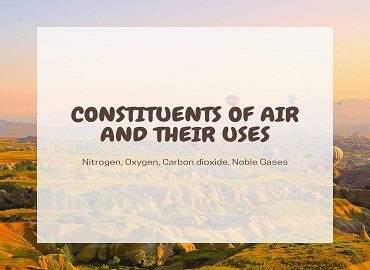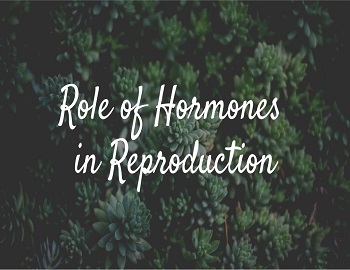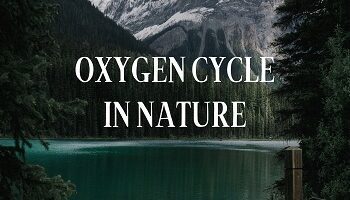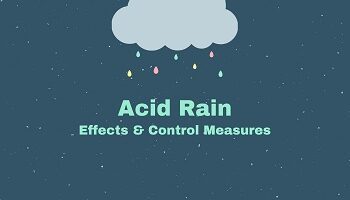Table of Contents
Constituents Of Air And Their Uses:
Air is invisible to the eye because it contains colourless gases. The major constituents of dry air are nitrogen, oxygen, inert gases and carbon dioxide.
Uses of Nitrogen (78.1%):
- Nitrogen dilutes the effect of oxygen. Oxygen supports burning and respiration. Nitrogen takes no part in burning. Any fire would spread quickly and it could never be put out if nitrogen were not present in the air. Nitrogen also reduces the rate of respiration by reducing the content of oxygen. If all the air were oxygen, the activity of our bodies would have been so great that we could live only for a short time at the most.
- Nitrogen in the air is necessary for the life of plants and animals. It is important as a portion of indirect plant food. It combines with other substances in the soil to form nitrates– a good plant food. Plants then absorb the nitrogen compounds and turn them into vital proteins. Protein is a class of compounds of nitrogen which is essential to all living matter for the growth and repair of body tissues.
- Nitrogen is used in the manufacture of ammonia, ammonium sulphate, ammonium phosphate, potassium nitrate, urea, etc., which are important artificial fertilizers.
- Nitrogen is a constituent of explosives, dyes, and drugs.
- Liquid nitrogen is used for storing and preserving blood, tissues, and cornea of the eye.
- The National Bureau of Plant Genetic Resources (NBPGR) is located in New Delhi. Here agricultural and horticultural crops and their wild relatives are preserved by cryopreservation of seeds, pollen, etc. by using liquid nitrogen at a temperature as low as -196ºC. Varieties of rice, pearl millet, Brassica, turnip, radish, tomato, onion, carrot, chili, tobacco, poppy, etc. have been preserved successfully in liquid nitrogen for several years without losing seed viability.
Uses of Oxygen (20.9%):
The English chemist, Joseph Priestley is generally known as the discoverer of oxygen. Priestley discovered oxygen in 1774. It was Lavoisier who named this gas ‘oxygen’ and recognized it as an element. Oxygen means acid producer derived from the Greek word ‘Oxus’ means sour.
- Oxygen present in the air helps in the burning of fuels.
- Oxygen is necessary for the respiration of animals and plants. It is essential for life. The physical property of oxygen that it is slightly soluble in water, enables aquatic animals to live in water.
- Oxygen is used in hospitals by patients for artificial respiration. It is also used by mountaineers, deep-sea divers, miners and astronauts, and also in other places where there is a deficiency of oxygen.
- Oxygen is used for welding and cutting of metals.
- Oxygen is used in the chemical industry for producing acids and other compounds.
- Liquid oxygen is used in rockets to support the burning of fuels.
Uses of Carbon dioxide:
Photosynthesis:
Green plants prepare their food in the form of carbohydrates from carbon dioxide of the air and water in the presence of sunlight. This process is called photosynthesis.
Fire Extinguisher:
Carbon dioxide is used in fire extinguisher. Two properties which make it useful in fighting fire are-
- Neither carbon dioxide burns itself nor does it supports burning.
- Carbon dioxide is a heavy gas which sinks and settles over fire. It forms a blanket over the fire and cuts off the air (oxygen) supply.
Aerated Drinks:
Carbon dioxide is fairly soluble in water under pressure. This property is used to prepare all kinds of aerated drinks or fizzy drinks. When a bottle of soda is opened, carbon dioxide dissolved in it starts bubbling out, making a hissing sound. That is why the drink is fizzy. Carbon dioxide lends fizziness to all aerated drinks such as cola and orange drinks, lemonade and soda water.
Dry Ice:
Solid carbon dioxide is called dry ice. It is called dry because it does not wet. Solid dry ice sublimes, going directly from the solid to the gaseous state without going into the liquid state. It is called ice because it looks like ice. The temperature of solid dry ice is about -42ºC which means about 42º below 0ºC ( the temperature of solid ice (water) is 0ºC). It is used-
- In refrigerators.
- In ice cream cabinets and trucks.
Noble Gases (Rare Gases or Inert Gases):
Air contains only 0.95% by volume of noble gases. These gases are argon, helium, neon, krypton and xenon. Among the rare gases 0.93% by volume is of argon and the rest is the other inert gases. Noble gases are called inert gases because they are very stable and hardly react with other elements. They are colourless, odourless and tasteless.
Uses of Nobel Gases:
- Helium is the second lightest gas. It is not inflammable. It is lighter than air. It is used for filling airships and balloons. Hydrogen is the lightest gas. It is not used because it is highly inflammable.
- Argon is used for filling electric bulbs and in fluorescent tubes. Neon is used in electric tubes called neon sign tubes. Neon sign used in advertising.
- Helium is used to obtain very low temperatures.
- Radon is used in the treatment of cancer.
- Argon is used for welding metals- such as aluminum- that burn when heated with an oxyacetylene torch.









Comments (No)